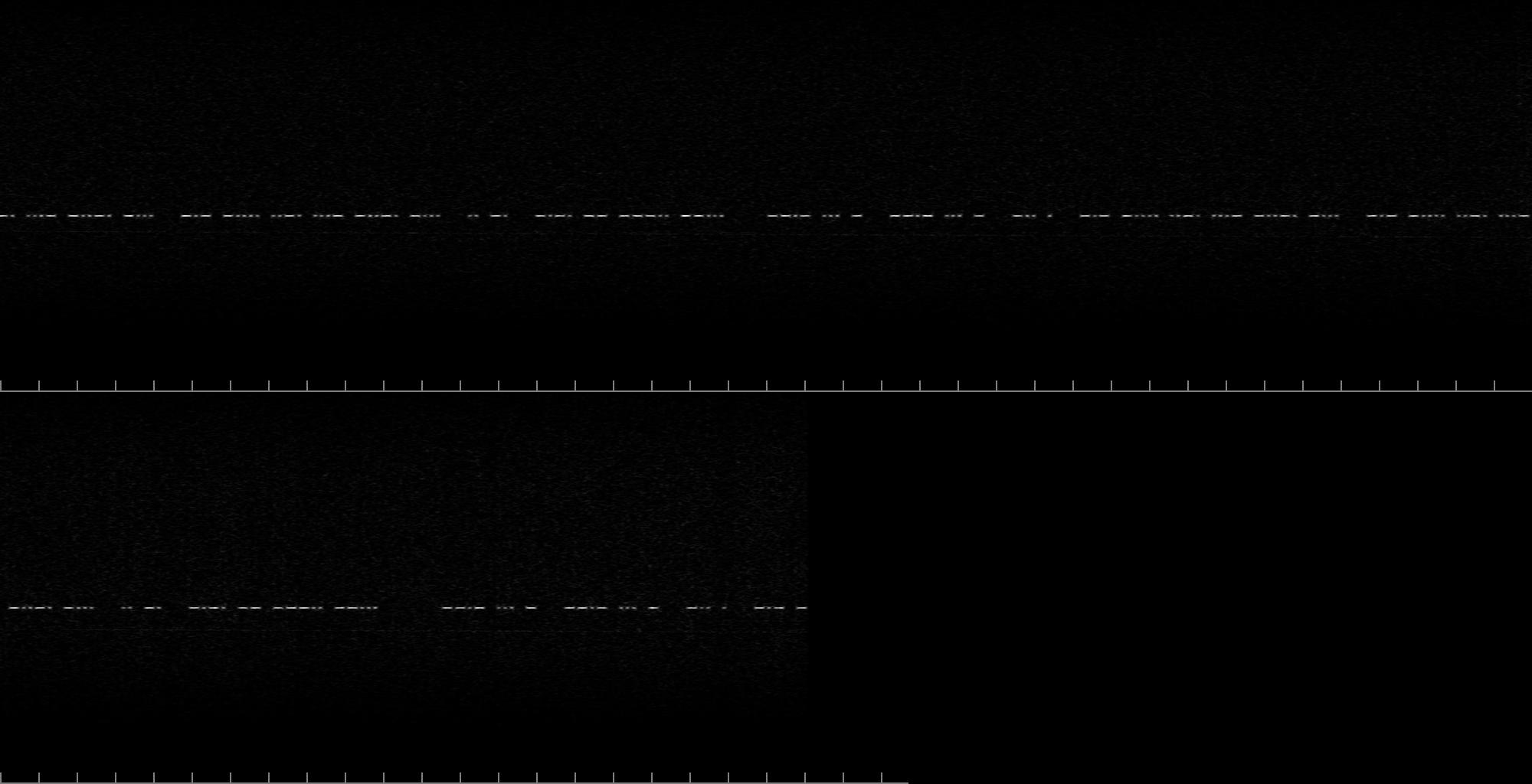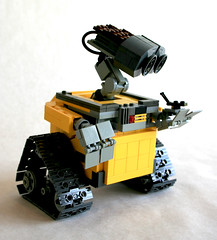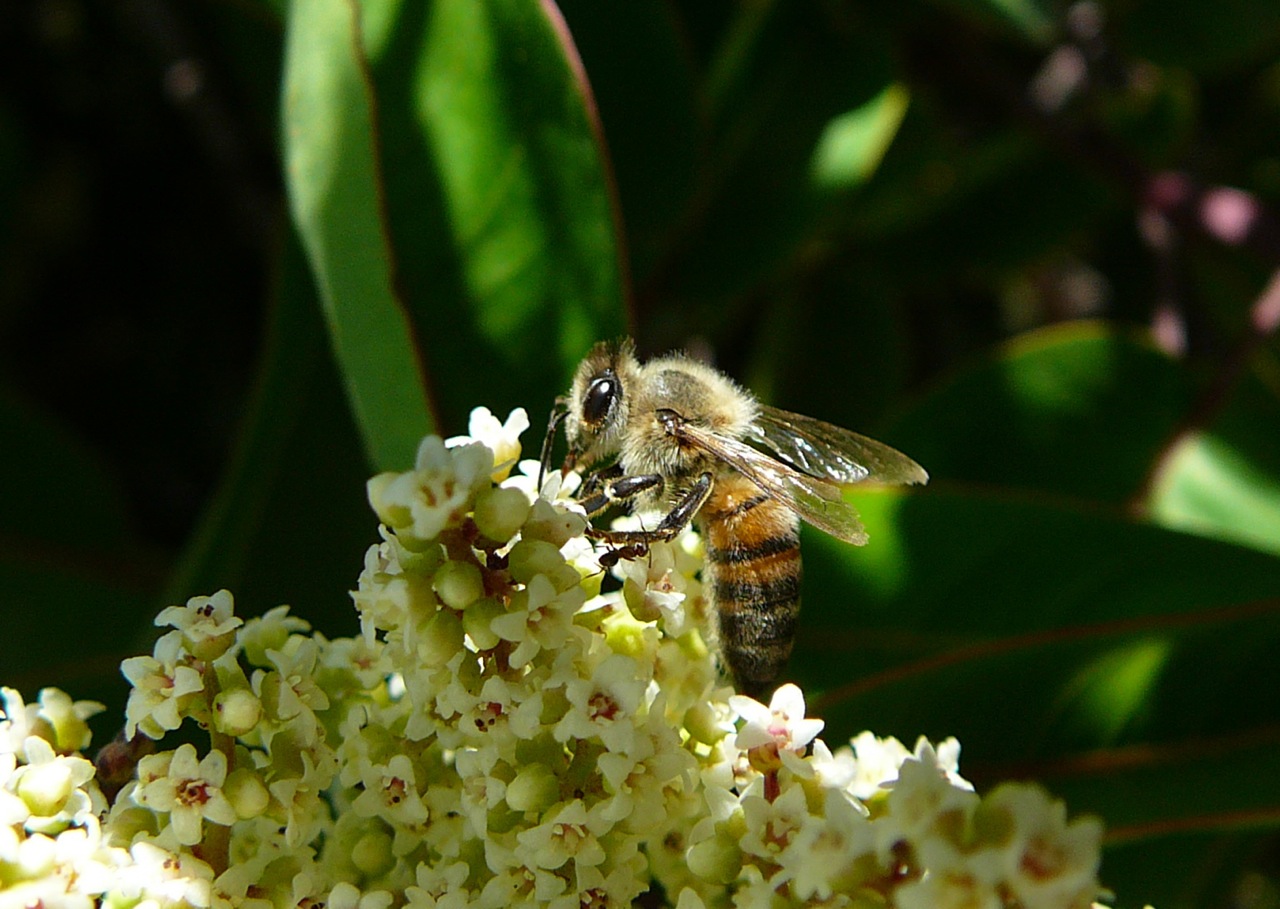Here’s a link to a scan of the page which actually defines the Hellschreiber font that was used on real Hellschrieber machines. It’s not in the most useful form the way it is, but it should be pretty easy to convert it to a real font definition of some sort. I’ll do that when I’m bored sometime.
Monthly Archives: June 2008
Wall•E review on “The Bleat”
I normally wouldn’t be so self-serving as to link to movie reviews for one of our films, but James Lileks is a really good writer, and I’ve been a fan of his since I first received a copy of his book The Gallery of Regrettable Food.
2N2/6 Transverter Information
On the softrock40 mailing list, somebody mentioned the 2N2/6 Transverter, which is a 6m transverter for use with a 40m transceiver. It’s not completely trivial, but it’s not hideously complex either. I’m becoming more interested in 6m, so it seems like archiving this for my later consumption might be useful. My FT-817 already is a QRP rig on 6m, but it might be neat to combine this with an HF software defined radio.
Wall•E Looking at Hal
Angus McClane is one of Pixar’s animators, and widely acknowledged as perhaps being it’s largest geek. He’s also got a knack for building Lego stuff, as can be seen by his construction of Wall•E, the star of Pixar’s latest release. I think this Lego creation is quite pleasing.
In related news, Wall•E did an estimated $62.5 million, which placed it in the #1 slot. Awesome. Today is the last day of my post-Wall•E vacation. I’m back to my next project tomorrow.
Field Day Weekend Activities
Well, this weekend is “Field Day”: one of the big contest weekends for amateur radio. Basically hams go off grid, travel to campgrounds and the like, and operate from there. It was perhaps supposed to indicate some kind of emergency preparedness, but really, it’s just an excuse for a contest and a bit of public outreach, trying to encourage people to start in amateur radio.
Anywhoo, I went down to Cesar Chavez park in the Berkeley Marina on Saturday, and snapped a few pictures of the EBARC club station operating there. I wore my Pacificon QRP T-shirt, which served as an ice breaker to a bunch of people, including KE6RS, Ron Smith who is part of the Norcal QRP group. He seemed really nice, and suggested that I get in contact with their group and maybe attend some of their meetings. The Norcal group is probably the most famous of the QRP groups in the U.S., and what’s cool is they make some pretty nifty kits, including the FCC-1 frequency counter I built for my Tentec direct conversion receiver.
Some pictures:
When I got home, I decided to tune around. I was hoping to find some activity on 6m, just for laughs, but was dismayed to hear my usual “nuthin but static” on the little FT-817. I’ve just been using my 20m dipole, which is hardly the right antenna. So, in a fit of boredom, I fished out a 15 foot piece of scrap RG-58, screw connected a BNC connector on one end, and then made a dipole ala this technique, namely by stripping the outer insulation from the coax for about 55 inches, then opening a hole in the copper shield, and pulling the inner insulated core out. Took me about five minutes.
And, it works! I hung it vertically outside (probably not optimal, but it was already dark) and easily copied the K6FV/B beacon which is probably 35 miles away, and which I could only hear a hint of with previous antenna. Here’s the nifty spectrogram (click on it to see it bigger):

If you look really carefully, you might be convinced there is another beacon signal just a tiny bit lower. I haven’t been able to figure out what that one is, but it’s a good benchmark for further improvements to my 6m antenna.
Decoding LO-19 Telemetry Again
A while ago, I used my FM ht to decode telemetry from LO-19. So, I decided to give it a try again (getting bored with SEEDS). Here’s the result:
E LUSAT HI HI AO AVA AB6 AAB ADB AAA AB4 A4B AE6
131 176 117 187 111 174 147 156
-----------------------------------------------------------
Channel Formula Value
-----------------------------------------------------------
CH 1: +5 volts (639/x) +4.88 volts
CH 2: +10 volts (0.064*x) +11.26 volts
CH 3: Cw xmtr. temp. 0.353*(134.7-x) 6.25 deg. C
CH 4: Output power TX ((10.9+x)^2)/40.1 976 mw
CH 5: Box temp #4. 0.356*(136-x) 8.9 deg. C
CH 6: +10 v current 0.7*x 122 ma
CH 7: +Z voltage panel 0.15*x 22.1 volts
CH 8: +8.5 voltage 0.056*x +8.74 volts
-----------------------------------------------------------
Too good to bee-lieve
James A. Moorer’s Published Articles Page
I was trying to remember the name and author of a paper on implementing linear phase bandsplitting. It had applications to noise reduction, and seemed to be reasonably pleasing when I read the paper years ago, but all I could remember was that it was done by a Lucasfilm audio engineer, and mentioned the movie Amadeus. A few minutes of googling turned up James Moorer, and his extensive list of interesting papers.
James A. Moorer’s Published Articles Page
Linear-Phase Bandsplitting: Theory and Applications (with Mark Berger)
Back From Cruise…
I’m back from my vacation cruise to Mexico aboard the Carnival Elation to Los Cabos. Needed relaxation, and the cruise provided. Snapped lots of pictures.
Dennis Havlena’s cool DIY instruments…
From the make blog, here is a pretty cool link to Dennis Havlena’s cool website about DIY musical instruments, including a youtube of him playing several of them. I’ve become fairly interested in folk music and folk instruments thanks to Tom, and Dennis’ web site has all sorts of ideas for instruments of every kind (string, wind, and percussion, and even odd combinations).
WEBPAGE of DENNIS HAVLENA – W8MI Mackinac Straits, MI
Turbo code tutorial…
Learning about turbo codes has been on my list for a long time. Here’s a tutorial that looks like it might be helpful.
CubeSat Community Website – Developers Workshop 2008
Just a link to the papers from the CubeSat Developer’s Workshop 2008. I’ve gotten more interested in satellite design and what’s possible over the last few months, particularly in power management.
Dynamical Bias in the Coin Toss
Link to an interesting paper that I encountered while looking for something else:
NOAA 18 Weather Picture
I haven’t done one of these in a while, hauled out my Yaesu VX-3R and recorded a pass. I’ve busted the sync corrector in my program again, so it’s not aligned right, but overall, it might be one my better passes, covering a lot of the continental U.S.

Addendum: The follow up pass was out over the Pacific…

Oakland A’s Get Wet and Wild
Didn’t catch the Friday win for the Athletics over their Bay Area rivals, but found out that the sprinklers came on during the ninth with two outs and Houston Street on the mound. It didn’t help the Giants.
YouTube – Oakland A’s Get Wet and Wild

